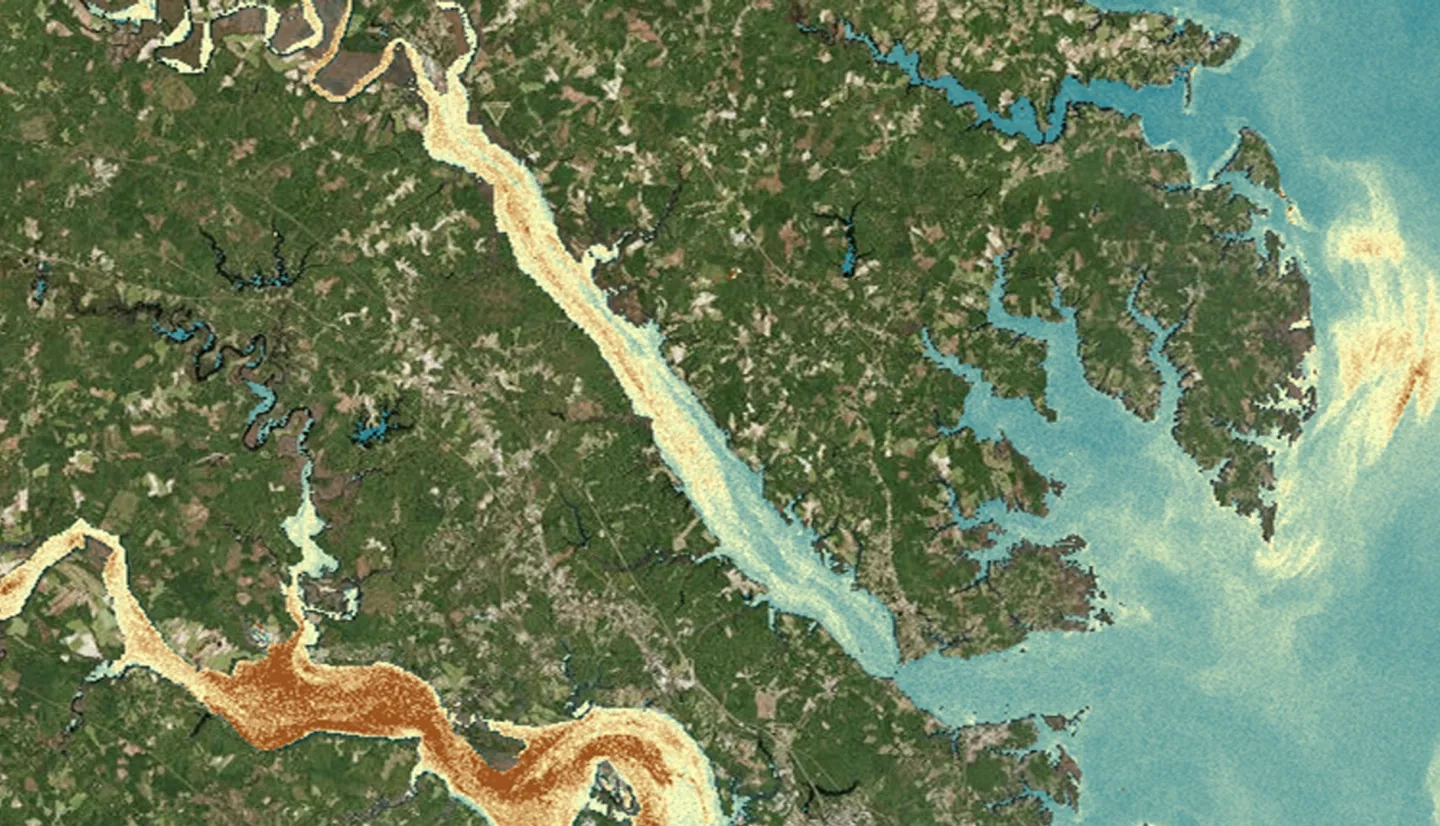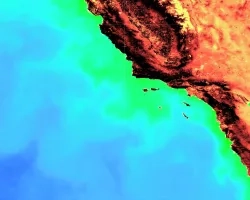
Submerged Aquatic Vegetation (SAV) is vitally important to the Chesapeake Bay, serving as one of the primary food sources for the organisms that inhabit the bay. This project evaluated the efficacy of remote sensing applications to monitor water quality parameters, specifically turbidity, to indicate areas that can potentially support healthy SAV populations in the Chesapeake Bay. The resources and methods included visual analysis of the Chesapeake Bay by utilizing Landsat 8 Operational Land Imager (OLI) and Sentinel-2 MultiSpectral Instrument (MSI) through the algorithms incorporated in ACOLITE software, allowing for atmospheric correction of spatial and temporal surface reflectance satellite imagery. By correlating Landsat- and Sentinel-derived output turbidity products to the Virginia Institute of Marine Sciences' in situ monitoring data, a model was created that provided an estimate of water clarity throughout the entire bay and its associated tributaries. This model can be used as an additional resource for the Virginia Department of Environmental Quality to aid the monitoring of turbidity variations within the Chesapeake Bay. These techniques will also assist in determining Total Maximum Daily Load calculations and the resulting effects on SAV growth.



